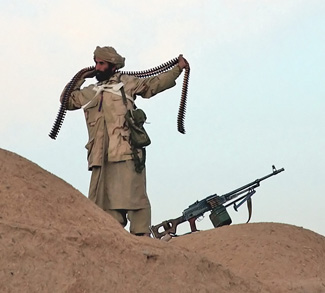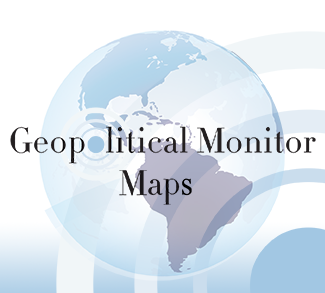Summary
The Taliban are continuing to execute from the guerrilla playbook. The fall of Kunduz in late September took many by surprise. The response from Kabul was predictable: a swift, comprehensive military campaign to take back the city and regain trust in the competency of the government security forces. It worked, and Kunduz was largely back in government hands within days of being taken. However, as has been the case in the past, the Taliban pulled out of Kunduz just to push harder somewhere else, somewhere with a smaller troop presence and less entrenched defenses.
To say that place is Helmand’s capital of Lashkar Gah oversimplifies. In actual fact the Taliban are now pushing along several fronts at once. In the words of Interior Ministry spokesman Sediq Sediqqi, over nine districts throughout Afghanistan are experiencing “major security problems” at this time. Three key theaters include Herat to the west, Lashkar Gah to the south, and the outskirts of Kunduz to the north.
The Taliban has been making slow and steady progress in Helmand throughout 2015. In August, Taliban fighters seized the district of Musa Qala to the north of Lashkar Gah, following months of guerrilla attacks. Now fighters are poised to move on Lashkar Gah itself, with major fighting reported in several surrounding cities along the highway to Kandahar. The village of Babaji, site of intense fighting by British forces during the NATO occupation, fell to the Taliban earlier this week. It is just 16 km from Lashkar Gah. Gereshk is another settlement that has seen heavy fighting during the Taliban’s approach towards the capital.
Taking Lashkar Gah would represent another publicity coup for the militant group. Like Kunduz, it’s a provincial capital and a populous city of over 200,000 people. Unlike Kunduz, and to the Taliban’s ultimate benefit should it fall, the city is wedged between two rivers and only has one major thoroughfare, making it a lot more defensible against Kabul’s military hardware. Helmand is also overwhelmingly Pashtun, the ethnic group that the Taliban draws nearly all of its support and recruits from. The province is also ground zero in Afghanistan’s opium production, representing a lucrative income stream that the Taliban has taken advantage of in the past.




